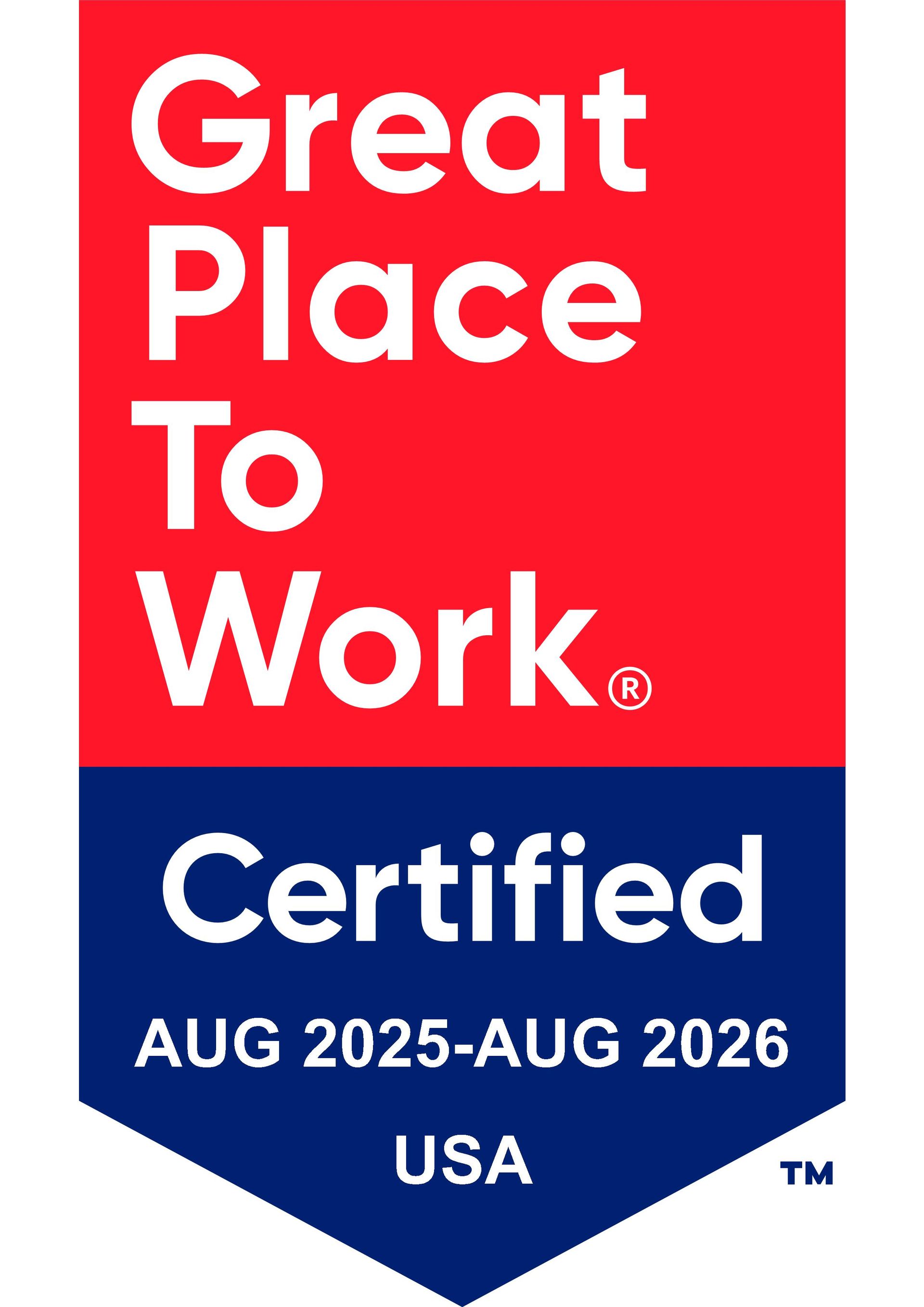
Flexible Spending Account Benefits for Employers
17 August 2022

It’s common for employers to offer a Healthcare Flexible Spending Account to their employees. FSAs typically accompany most employer-sponsored health insurance plans, with the exception of a High Deductible Health Plan (HDHP), which is usually accompanied by a Health Savings Account (HSA). Below outlines what an FSA is, how they’re used, and the benefits they offer to both employers and employees.
What Is a Flexible Spending Account (FSA)?
An FSA, or flexible spending account, is a tax-advantaged benefit offered by many employers. With an FSA, employees can put pre-tax money aside to cover qualifying health-related expenses. Depending on the type of FSA used, qualified expenses include medical, vision, dental, and childcare expenses.
What Are Flexible Spending Account Benefits for Employers?
An FSA allows employers that offer this benefit to save the combined Medicare and Social Security tax rate of 7.65% on the value of FSA employee contributions. Additionally, employees can save between 15% to 40% on taxes when electing to contribute to an FSA. The list of qualified expenses is extensive for employees to receive reimbursement on a pre-tax basis.
How Can Employers Offer FSAs to Employees?
Employers typically offer FSAs as part of a cafeteria plan under IRS Section 125. This is because FSAs are often funded through an employee’s pre-tax salary deductions. Employees are only allowed to use pre-tax dollars to contribute to benefits offered by their employers, like dental, health, and disability insurance premiums, if the plan is a Section 125 plan.
Employers need to have a written plan document for employees and employers to take advantage of the tax savings under the plan. FSA provisions may be added to plan documents that already exist for employer-sponsored benefits that employees contribute to. The FSA summary plan document must include:
• A summary description of benefits
• The maximum contribution amounts
• The manner of contributions
• Eligibility and election rules
• Uniform coverage rule
• The plan year outlined
• Provisions regarding carryover or a grace period
Most employers opt to work with a third-party or external administrator to process employee reimbursements. However, with a plan document in place, employers can choose to self-administer FSA benefits.
What Kinds of FSAs Are Available?
There are three FSA options employers can offer their employees. The options include:
Healthcare FSAs: Health FSAs can be used to cover qualified healthcare expenses, including insurance deductibles, coinsurance, co-payments, prescriptions, vision expenses, and dental expenses for employees and their dependents and spouses.
Limited Purpose FSAs: A Limited Purpose FSA is available for those who elect to have a Health Savings Account (HSA). Designed to work in conjunction with an HSA, a Limited Purpose FSA covers qualified vision and dental expenses. Where employees are not eligible to make contributions to both an HSA and FSA, they are eligible to make HSA contributions while having a Limited Purpose FSA.
Dependent Care FSAs (DCAPs): Dependent Care FSAs help employees who are parents or legal guardians cover dependent childcare costs while they’re at school or work. They are commonly used to pay for childcare-related expenses for those under 13 years of age. Dependent Care FSAs can also be used to help employees pay for expenses related to adult dependents they care for and share the same primary place of residence for over six months of the year. Adult dependents are those who are not mentally or physically capable of caring for themselves.
What Are Possible FSA Issues to Consider?
There are important considerations for both the employer and employee to bear in mind when offering and utilizing an FSA.
Qualified Expenses
Only qualified expenses are eligible for reimbursement under an FSA. The IRS identifies qualified expenses each year, and FSA administrators should be well educated in these matters. Many employees covered by an FSA don’t realize that supplies, like thermometers, are covered expenses.
Examples of other covered expenses include:
• Medical supplies
• Diagnostic devices
• First aid kits
• Hearing aids
• Insulin and blood sugar test kits
• Bandages
• Ambulance services
• Artificial limbs
• Braille books and magazines
• Breast pumps and supplies
• Birth control
• Service animals, including grooming costs and food
• Transportation to and from medical services
• Capital expenses for medically related addition to home
Employee Retirement Income Security Act (ERISA) Requirements
Health FSAs are subject to the Employee Retirement Income Security Act (ERISA). As a result, proper administration is necessary, which requires operational compliance and required documentation.
Nondiscrimination Testing
Nondiscrimination testing for cafeteria plans should be conducted to evaluate Section 125 Plans. Additional testing is mandated for health FSAs and Dependent Care FSAs.
Use It or Lose It Policy
FSAs have a “use it or lose it” clause. If an employee does not use the money they’ve contributed to their FSA by the end of the plan year, they lose the money contributed. It’s a good idea for employers to provide employees with a reminder about the clause and encourage them to get the proper documentation submitted to the plan administrator by the due date for the plan year.
Employers can also offer a grace period of as much as 2.5 months after the year-end plan date to use the funds remaining in their FSA. Claims can be submitted for both the plan year and grace period. All FSAs are eligible for a grace period.
For Health FSAs, employers can allow a carryover or grace period. Plan participants can roll over $570 from the previous plan year into the next, and the $570 is not included in the IRS maximum amount that can be contributed.
Uniform Coverage Rule
According to the uniform coverage rule, healthcare FSAs are 100% funded at the start of the plan year. If an employee terminates their employment prior to the end of the plan year and their contributions have not yet equaled what they’ve used from their FSA, the employer cannot deduct additional funds from the employee’s final paychecks to make up the difference.
Maximum Contribution
As a benefit offered under a Section 125 Plan, the IRS regulates the plan and sets the maximum contribution permitted for an FSA. Employers can set the maximum contribution limits below the IRS’s threshold.
Plan Year Determination
Most employers choose an FSA plan year that aligns with the group health fiscal year or plan year. It makes the administration more straightforward for the organization and employees to do so.
What Health Insurance Plans do FSA’s Accompany?
In SHRM’s 2021 Annual Employee Benefits Survey, the most commonly offered health plans were:
• Point of Service (POS) Plan
• HDHPs without HSAs
• Health Maintenance Organization (HMOs) Plans
• High-Deductible Health Plans (HDHPs) with Health Savings Accounts (HSAs)
• Preferred Provider Organization (PPO) Plans
All of these plan types, with the exception of the HDHP, are typically offered in conjunction with an FSA.
What Alternative Health Spending Accounts Are Available?
Depending on the health insurance plan offered, as well as other factors, such as the business’s budget, there are other types of health spending accounts a business might choose to offer. Two main types are the Health Savings Account (HSA), mentioned earlier, and a Health Reimbursement Account (HRA).
Health Savings Account (HSA)
As previously mentioned, HDHPs are typically accompanied by an HSA instead of an FSA. Unlike with an FSA, employers can choose to contribute to an employee’s HSA, which can help offset the high deductible that comes with an HDHP. An HSA operates similarly to an FSA when it comes to the types of qualified expenses and expense reimbursement under the plan. However, an HSA also operates as a savings plan that can draw interest and, when the right criteria are met, can be rolled over to a qualified retirement plan. Also, once money is deposited into an HSA, it remains with the employee, even if the employee terminates employment with the company. In other words, there is no “use it or lose it clause” with an HSA. The IRS sets the maximum contribution limits for an HSA.
Health Reimbursement Account (HRA)
For small businesses that might have difficulty affording a standard health insurance plan is to provide a Health Reimbursement Account (HRA) option to employees. An HRA is a tax-advantaged health benefit for employees to receive reimbursement for allowable expenses and medical premiums.
It’s up to employers regarding how much they contribute annually to an employee’s HRA. There are also different types of HRAs employers can offer as defined by the IRS. Employers can choose from a Vision or Dental HRA, Group Coverage HRA, Excepted Benefit HRA, Qualified Small Employer HRS (QSEHRA), Retiree Health Reimbursement Arrangement (RHRA), and Individual Coverage HRA (ICHRA).
How Can You Get Support to Identify the Best FSA Options?
If you’re in the process of evaluating your current FSA, considering switching to a new plan administrator for your FSA, or you’re starting from scratch to identify the right FSA for your business, a benefits broker can help. Not only can a reputable employee benefits broker support you in identifying a solid FSA for your organization, but they can also help you identify the best benefits across the board to offer to your employees.
KBI has years of experience helping businesses of all sizes and industries determine the best employee benefits, including FSAs, for their specific organization and budget. Contact us today to discuss your benefits needs.



